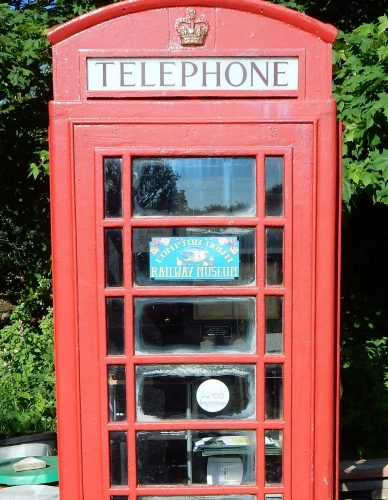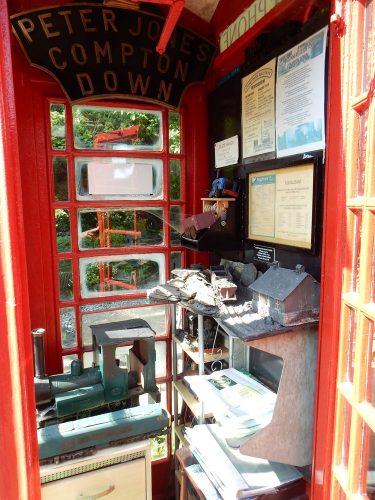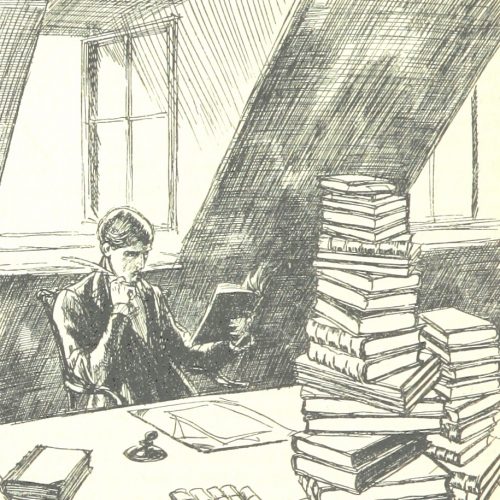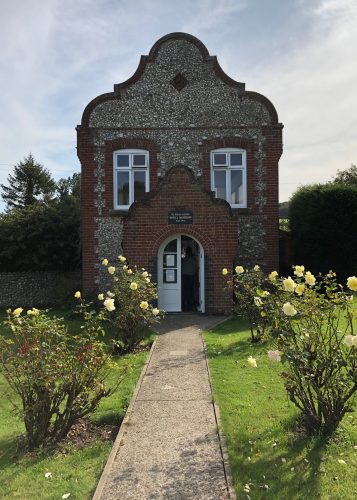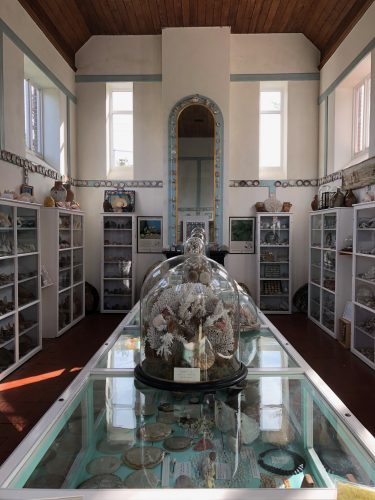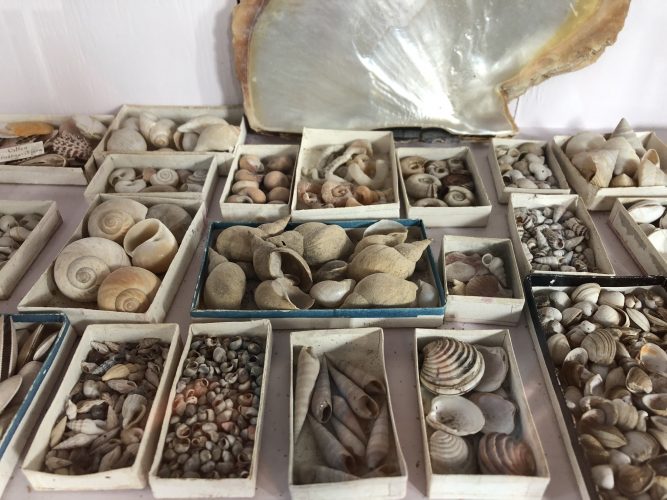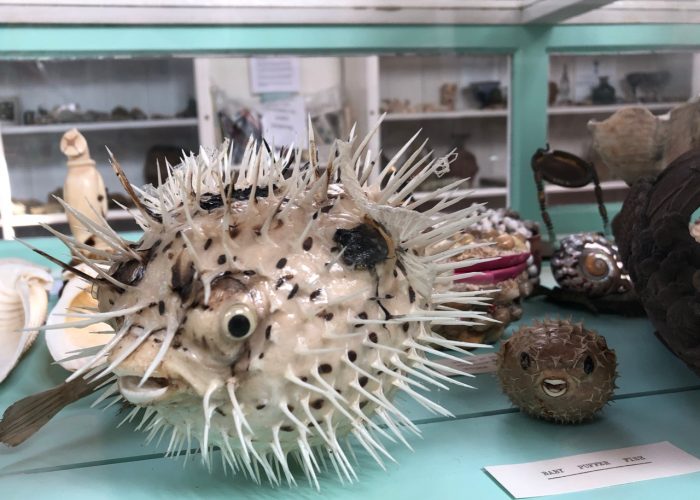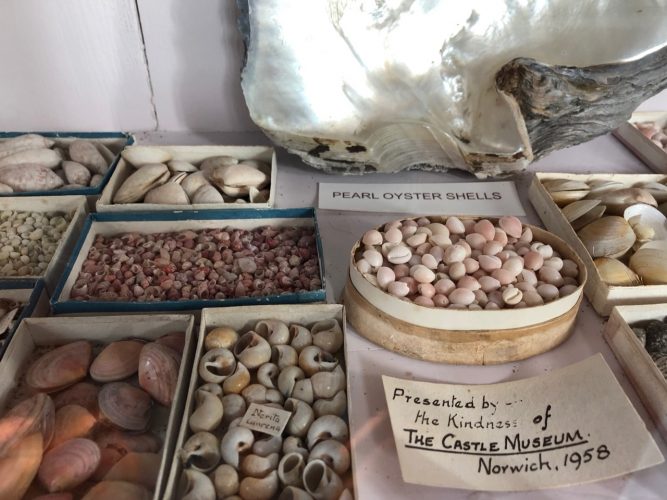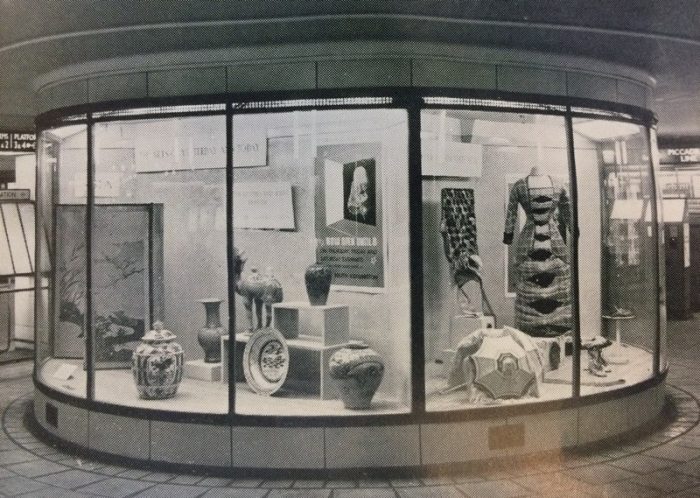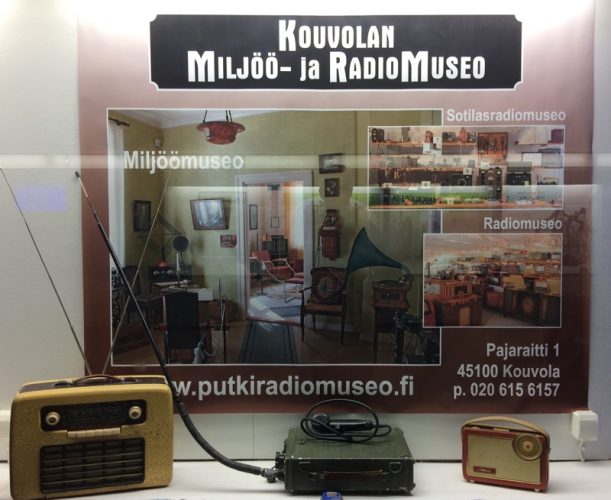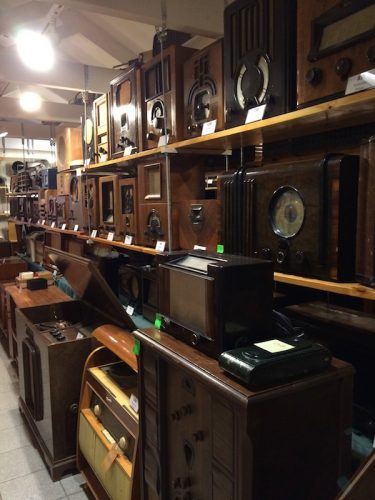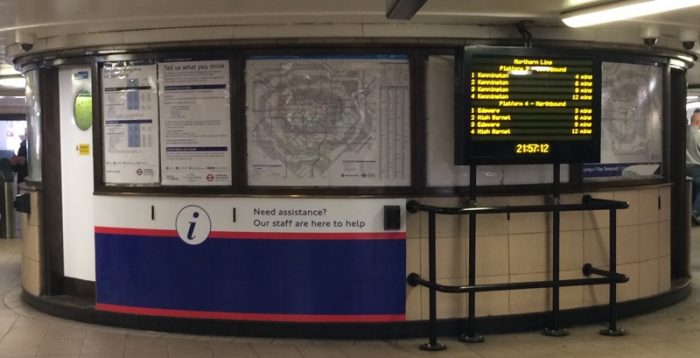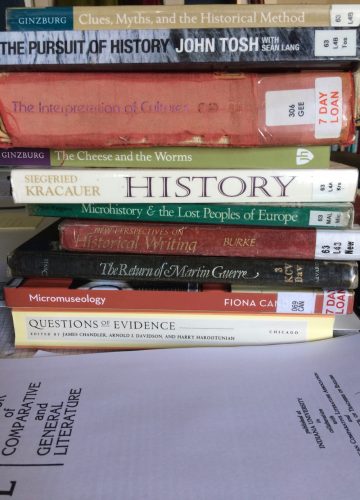Telephone boxes across the UK have become defunct as so many people have acquired mobile phones. According to British Telecom, almost half of the phone boxes in the UK have been removed, but thousands more remain. In response to the decline in phone box use BT established a scheme, ‘Adopt a Kiosk’, that allows communities to keep their old red phone boxes. As time has passed, some of these boxes have been transformed into museums.
As I wrote in a previous blog, one of these telephone box museums is in Warley, West Yorkshire, and was featured on television. Run by the Warley Community Association, the box displays objects in its windows and has information panels inside.
Railways are a common theme of museums (there are over a hundred in the UK), and there is a phone box museum on this theme too. The Compton Down Railway Museum is sited at the Talyllyn Steam Railway and records the history of a miniature garden railway built by the enthusiast Peter Jones. The railway was rescued and became the Llechfan Garden Railway in the hostel at Twywn, the main station on the Talyllyn line.
Don’t confuse Talyllyn Railway in North Wales with Talyllyn Junction, which is in South Wales, near Brecon. There was a railway station at Talyllyn Junction, opened in 1863, but it closed in 1962. The small hamlet has a telephone box which has been refurbished by local volunteers and now features display boards about the area.
(The section on the phone box starts at 4:35.)
In another part of Wales, a telephone box houses a museum devoted to a photographer. Tom Mathias lived in Cilgerran, Pembrokeshire and documented life in his local area. His negatives were dumped in an outbuilding after he died in 1940, before being rediscovered by another photographer in the 1970s. The box stands just fifty metres from the house where Mathias lived.
Standing on a street in the Wirral, the last phone box in this list displays very few objects as it is devoted to a single pop song. It commemorates the band Orchestral Manoeuvres in the Dark and their 1980 hit ‘Red Frame White Light’. The song was written about the phone box, which the band members used as their office as they did not have phones in their homes. After the box was removed by the local council a local fan managed to have it reinstated, repainted and decorated with artwork. Now a framed copy of the single is on display in the box, together with the lyrics of the song.
Update
After I published this post a reader got in touch to point out that there is another redundant phone box with local history information, which opened in January 2021. It’s in Burntisland, Fife, and the phone box displays timelines of Burntisland’s history.
